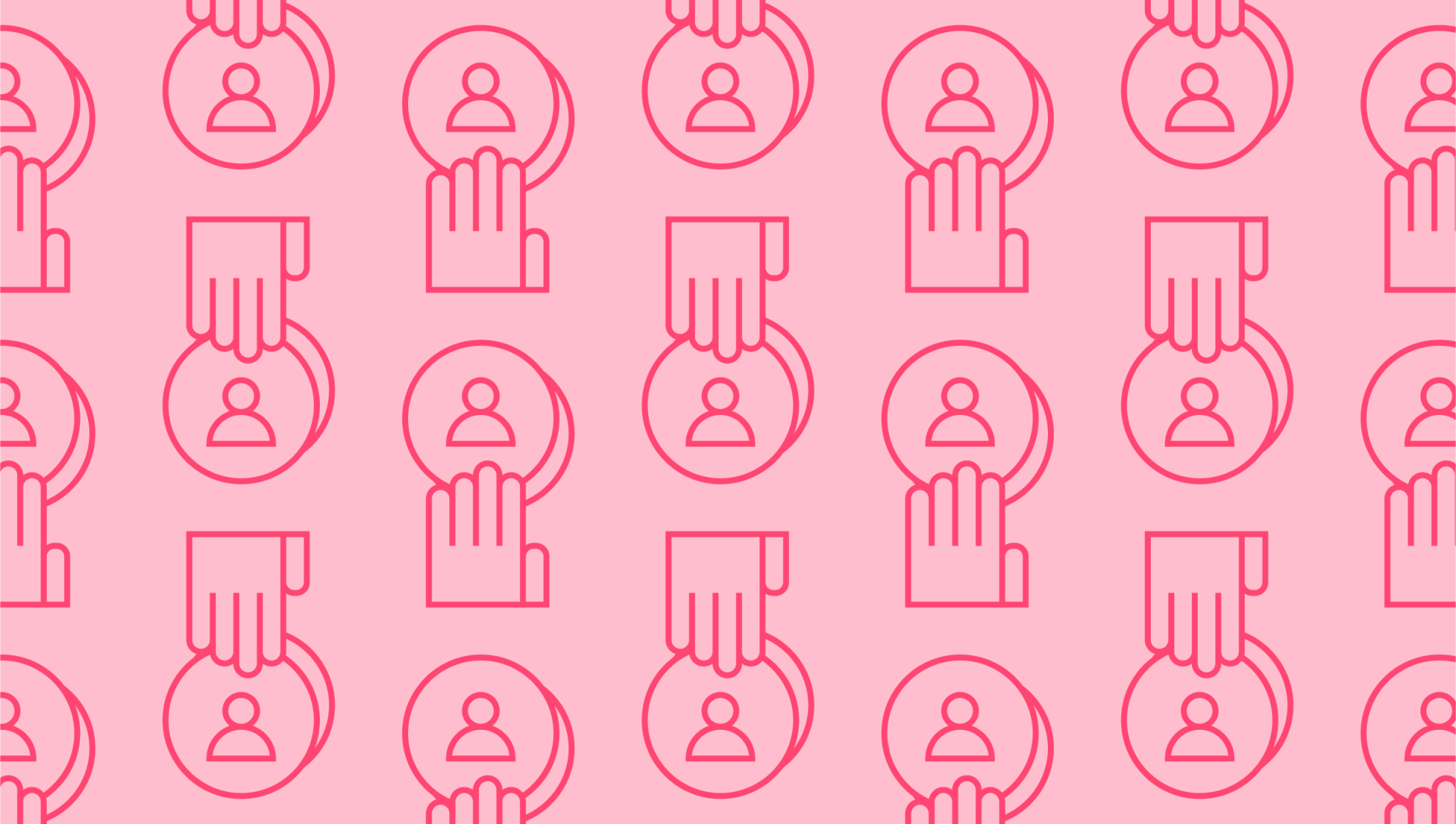
A guide to B2B payment methods
Last editedJuly 20233 min read
Businesses that sell directly to consumers benefit from a blend of ecommerce platforms and POS systems. But what about B2B payments? While consumers usually pay for purchases up-front, businesses pay after shipments are delivered. If your business sells to other businesses, you’ll need a system designed to support wholesale B2B payment processing. Here’s a closer look at your options for B2B sales, both within Australia and overseas.
B2B payments meaning
What is a B2B payment system and how are B2B payments different to B2C payments? B2B, or business-to-business, refers to any transaction between two businesses where money is exchanged for goods or services. It’s a fast-growing market, expected to expand by 26% between 2022 and 2027.
Transactions can be more complex in comparison to B2C payments. They not only tend to be larger due to wholesale purchases, but often involve complicated paperwork due to cross-border regulations. If you’re taking international B2B payments, you’ll need to think about extra factors including multiple banking systems, taxes, and currency exchange. Within Australia, B2B payments are subject to tax requirements – for example, you’ll need to include ABN or GST registration numbers on invoices.
B2B payment options
Due to the differences in regulations and transactional volumes, B2B payment methods are slightly different to the usual B2C options. Here are some of the most popular B2B payment options used by Australian businesses:
1. Cheques
It’s relatively rare nowadays for consumers to pay by paper cheque, but many businesses still use this traditional method. Business cheques draw funds from a business rather than a personal account to pay for goods and services. They’re typically issued by the accounts payable department to pay an invoice. With an increasing number of businesses paying for wholesale orders online, it’s likely this practice will be eased out in favor of more convenient and secure electronic payment methods.
2. Direct debit payments
With faster processing than cheques, direct debit payments are one convenient alternative. These are processed using the BECS network in Australia to help process bank-to-bank transactions in large batches throughout the day to save money. Push payments are initiated by the buyer, while pull payments are initiated by the seller.
3. Card payments
Also popular for B2C payments, credit and debit cards carry the same benefits for B2B transactions. You’ll need to use a payment processor to comply with regulations related to cardholder data. This payment processing does come with added cost, particularly when dealing with high-volume wholesale transactions. You’ll need to factor in this cost if cards are your customers’ preferred payment method.
4. Wire transfers
You might be familiar with services like Western Union, which move funds electronically between business bank accounts. These are suitable for higher sums and offer faster settlement than direct debit transfers – though at higher cost.
5. Digital payments
A growing B2B payment trend, online or digital payment services like PayPal and Apple Pay include features like invoicing, tax calculations, and rapid settlement. Businesses can choose from a variety of B2B payment platforms ranging from peer-to-peer networks to online banking apps and mobile wallets. Security and features can vary, so it’s important to compare your options carefully.
How to choose the best B2B payment method
With plenty of options on the cards, how can you choose the best B2B payment platform and method? The best option will usually be some combination of the methods mentioned above. By offering both card and direct debit payments to your business customers, you’ll cover a wider base. Here are a few factors to compare as you’re getting started:
International transactions: Does the platform provide automatic currency conversions? Does it comply with Australian tax regulations?
Transaction fees: What does the service charge for payment processing? Is there a flat rate or do you pay for each transaction?
Integrations: How will the payment method integrate into your existing accounts and management systems?
Automation: Does the platform offer B2B payment automation with invoices sent out in a timely manner? Can you set up recurring billing with automated payment collection?
GoCardless ticks many of the boxes above, saving time and money by collecting recurring payments automatically using a pull-based direct debit tool. It also integrates with top accounting and invoicing software to keep all your B2B finances in one place.
We can help
GoCardless is a global payments solution that helps you automate payment collection, cutting down on the amount of financial admin your team needs to deal with. Find out how GoCardless can help you with one-off or recurring payments.